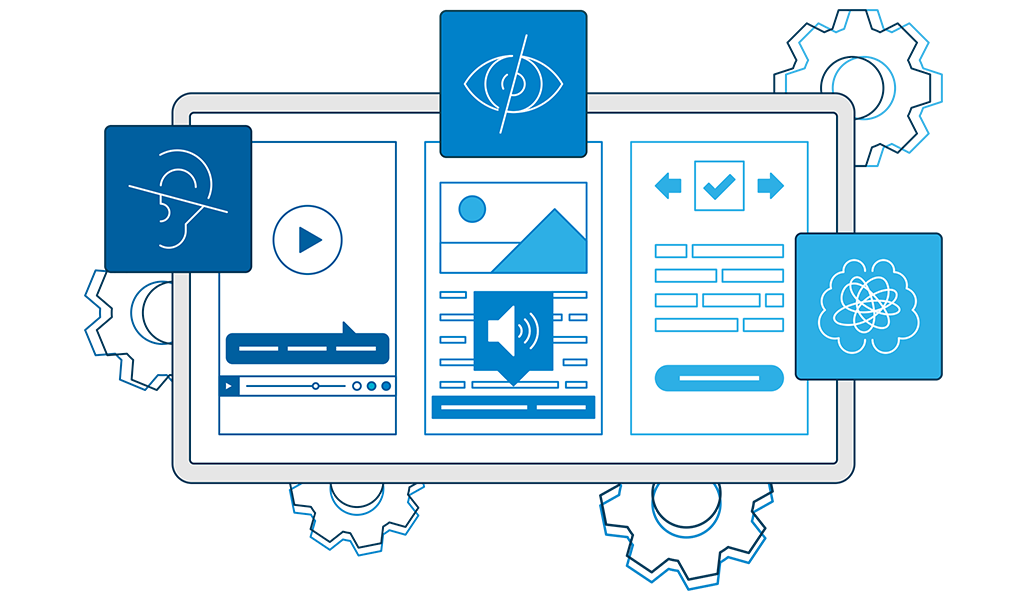Yes, this is a serious question: Is there anyone who does not yet use cloud services, whether from their computer at home, at work or directly from their cell phone? We have all become so accustomed to using cloud servers like WhatsApp, Facebook or Dropbox. And these services work, are secure and are always available. Who would want to set up their own server at home for data communication or file exchange? Even at work, more and more companies are renting data exchange (Dropbox Enterprise) and communication services (Slack, MS Teams). In short: The use of cloud services at home and at work is becoming more and more standard.
So why not use the same kind of data management, file sharing and collaboration services for product-related data such as 3D CAD models, bills of materials and design specifications in the cloud?
Why not PLM from the cloud?
In the past, there was some skepticism about this in terms of network bandwidth, performance and security. But cloud solution providers, especially the big cloud hyperscalers, have done their homework, providing sufficient network capacity and even running their own physical cables across oceans. Take a minute and do the speed test at Amazon’s AWS Global Accelerators (https://speedtest.globalaccelerator.aws/#/).
Security concerns can also no longer be a valid argument for not running business-critical applications like a PLM system in the cloud. Companies like AWS, Azure and Google offer everything you need for highly secure, encrypted communications. Add your own virtual private network, single sign-on directory access, and multifactor authentication with timeout, and you’re as secure or more secure than you could ever be with your own infrastructure.
Cloud PLM from CONTACT Software
So it is a logical step that CONTACT Software also offers its solutions in the cloud. The idea: to reach a larger customer base faster (time to value). Since then, numerous potential and existing customers have actively approached us to run our products CIM Database PLM, the project management solution Project Office or the IoT platform CONTACT Elements for IoT in the cloud.
The CONTACT Cloud Solutions offer customers, on the one hand, a standard SaaS solution (Software as a Service – see NIST) with all PLM, project management and IoT functions that you can also install on-premise. In addition, there are predefined ERP interfaces in our technology platform as well as CAD integrations based on the new Workspaces Desktop for Web. For customers who want to customize the application or even implement their own solutions on top of the CONTACT Elements framework, CONTACT offers an enterprise edition of its platform in the cloud. This contains the entire CI/CD DevOps infrastructure to program locally, merge customizations, verify and deploy to test and production instances in the cloud.
So what is there to wait for? Get to know the possibilities of the CONTACT Cloud now.



